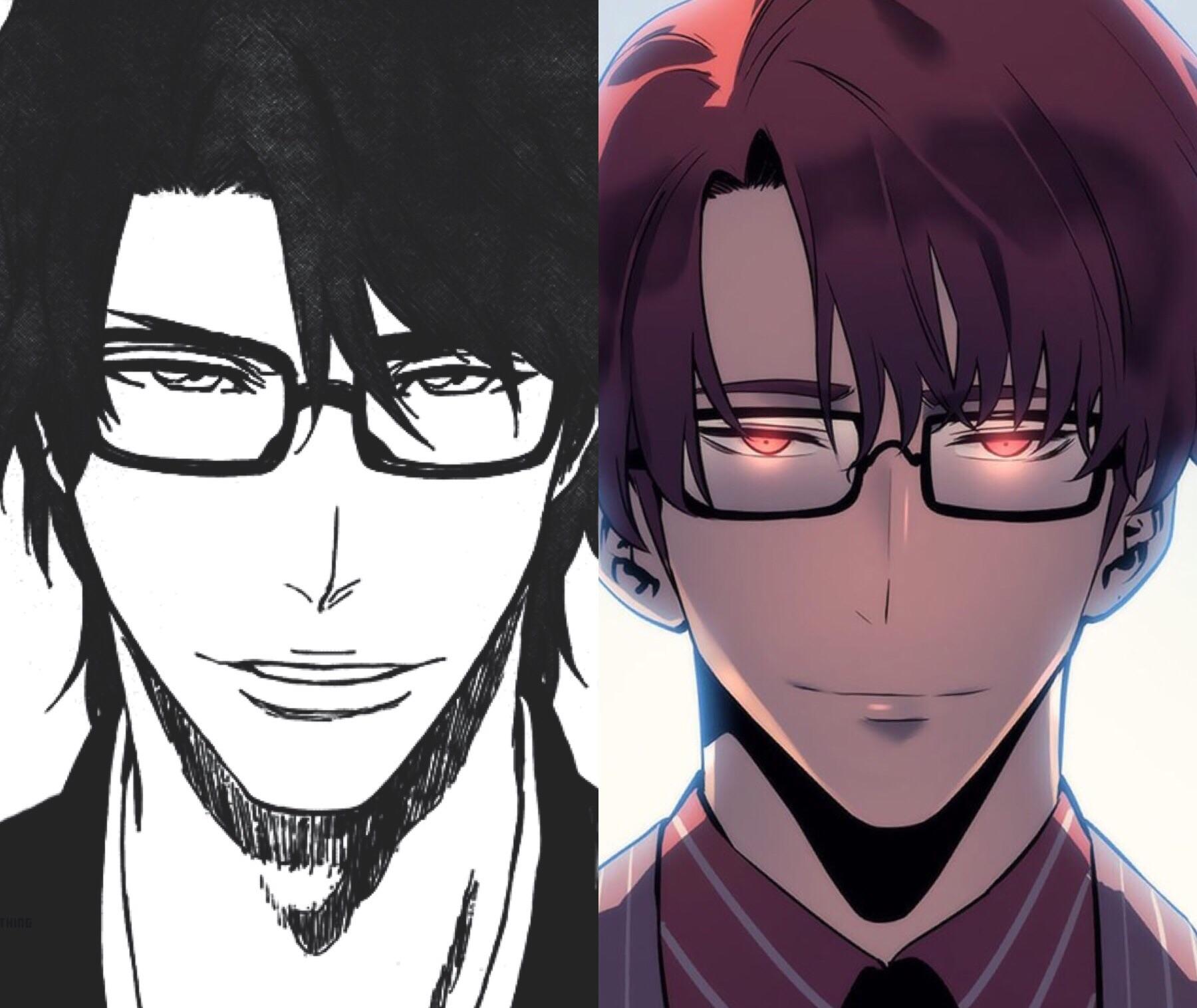 Manga vs. Manhwa vs. Manhua: What’s the Difference?
Manga vs. Manhwa vs. Manhua: What’s the Difference?
Hajime !(はじめ) Let’s embark on a journey to unravel the differences between manga, manhwa, and manhua—three distinct yet similar-looking comic styles from Japan, Korea, and China.
If you’re an Otaku, you’ve likely encountered these terms. Even if you’re not, chances are you’ve watched anime, many of which originate from these comic forms. But did you know that manga, manhwa, and manhua often draw inspiration from Light Novels (LN) or Web Novels (WN)? Think of them as the Eastern counterparts to Western comics—each with its own unique art style, storytelling method, and cultural influence.
What Are Manga, Manhwa, and Manhua?
At their core, all three are visual storytelling formats, but their key difference lies in origin and style.
Manga (漫画) – Japanese Comics
Manhwa (만화) – Korean Comics
Manhua (漫畫) – Chinese Comics
Interestingly, the term “manga” and “manhwa” actually stem from the Chinese word “manhua”, meaning “impromptu drawings.”
Just like their distinct names, the creators of these comics also have unique titles:
Manga creators are called Mangaka (漫画家).
Manhwa creators are called Manhwaga (만화가).
Manhua creators are called Manhuajia (漫畫家).
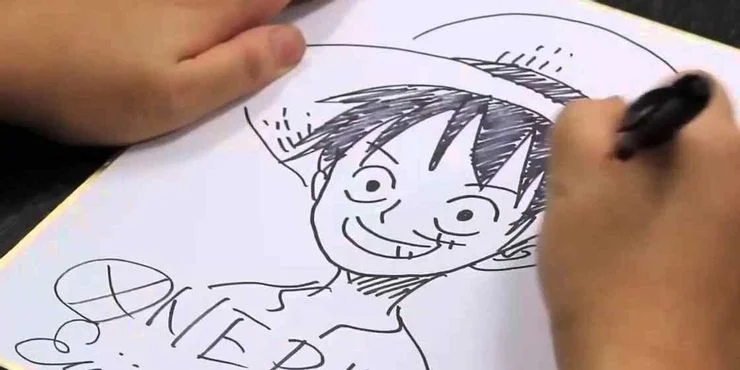
Differences in Art Style
1. Character Design
While all three comic styles emphasize expressive storytelling, their character designs set them apart.
✔️ Manga (Japanese Comics)
- Exaggerated emotions, big eyes, and stylized proportions.
- Wide variety in character designs, from muscular warriors to petite protagonists.
- Hairstyles, facial expressions, and clothing are often highly exaggerated for dramatic effect.
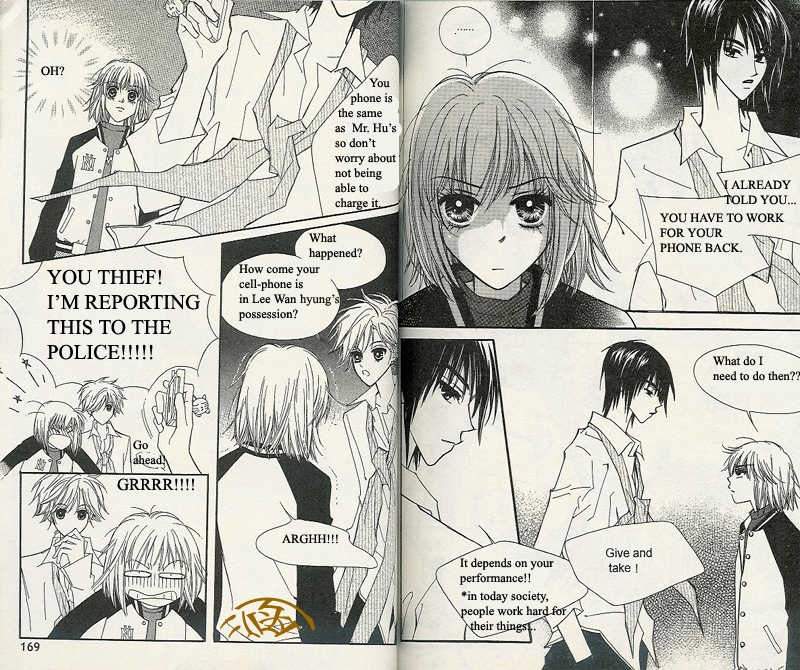
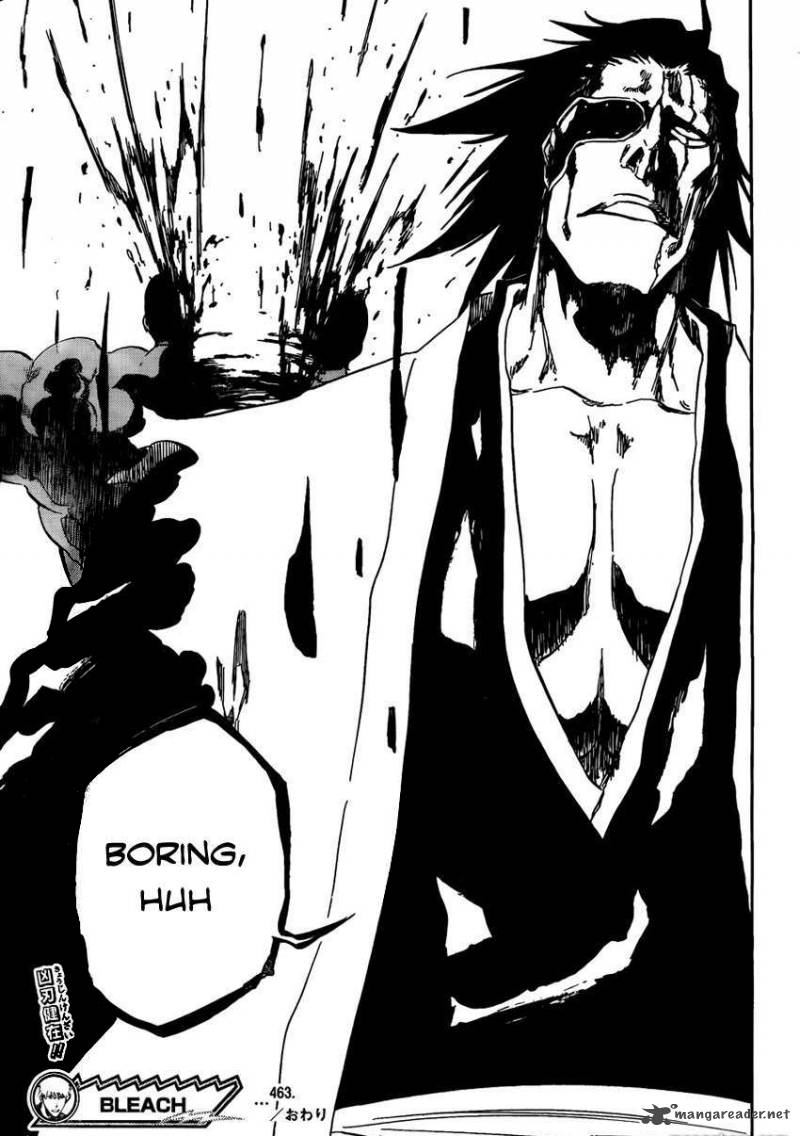
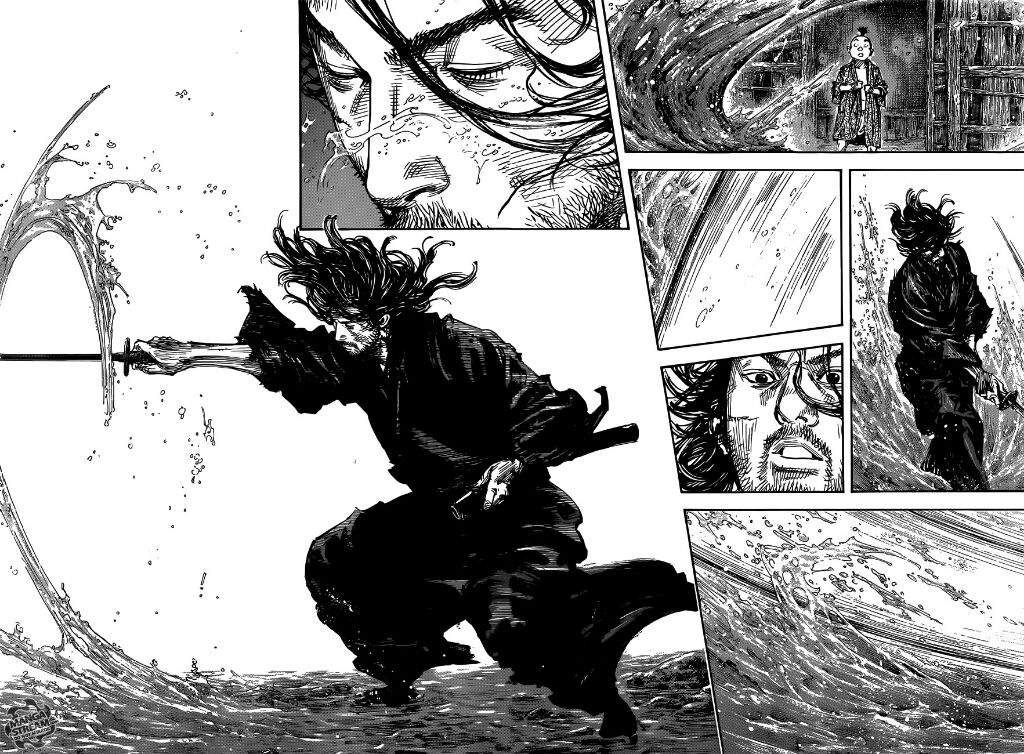
✔️ Manhua (Chinese Comics)
- Characters tend to be slimmer and more elegant.
- Male characters often have muscular physiques with a broad chest and narrow waist.
- Female characters have realistic proportions—no extreme curves or exaggerated features.
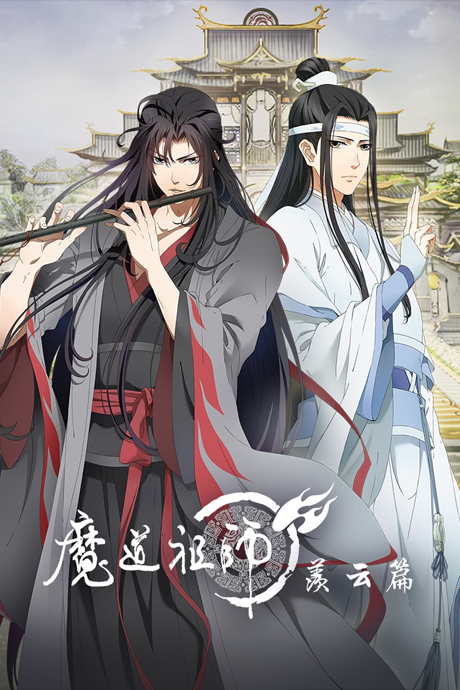

✔️ Manhwa (Korean Comics)
- A blend of manga and manhua styles.
- Male characters often have feminine features, with delicate facial structures.
- Emphasis on aesthetic beauty, similar to K-drama visuals.
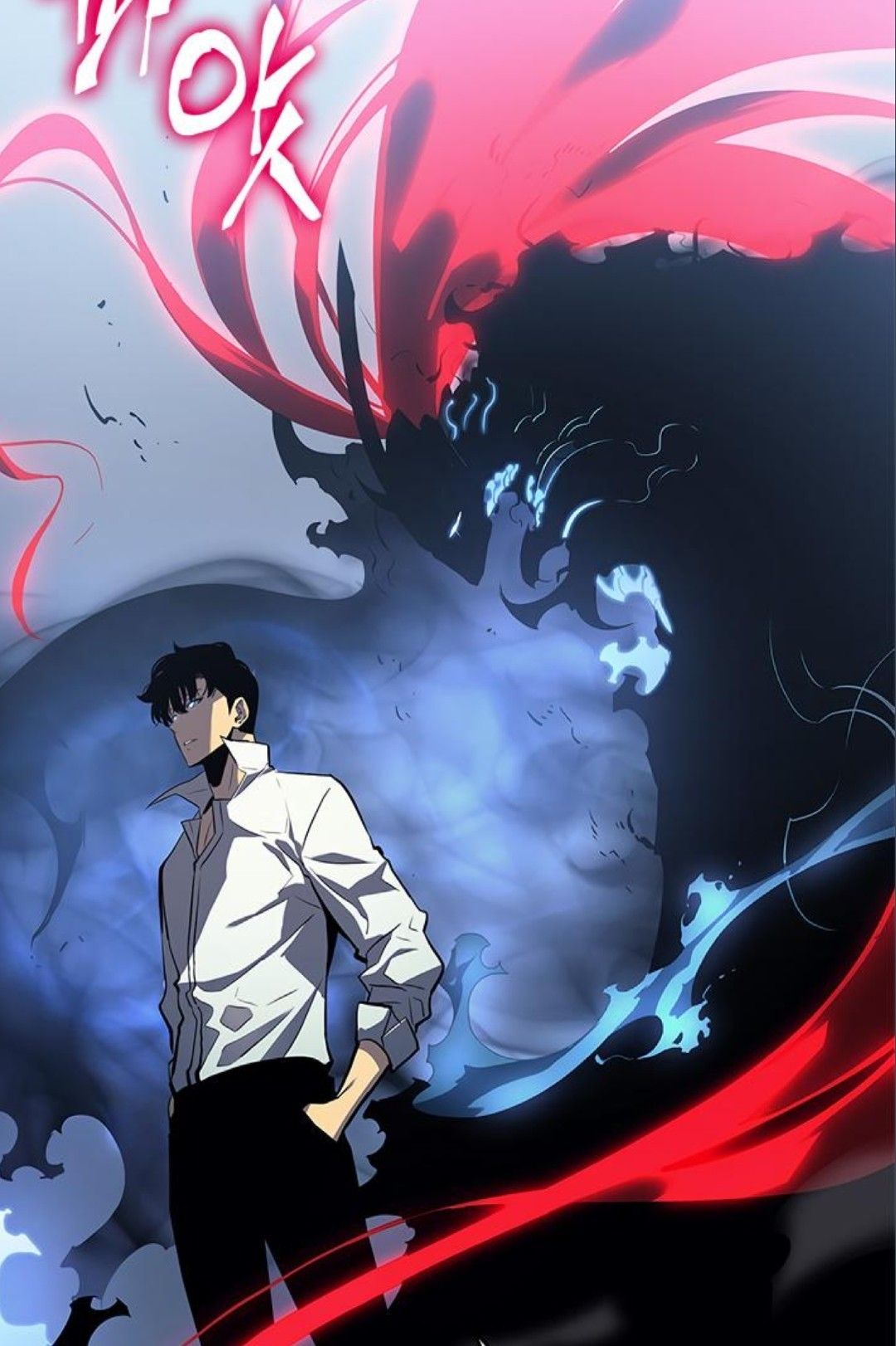
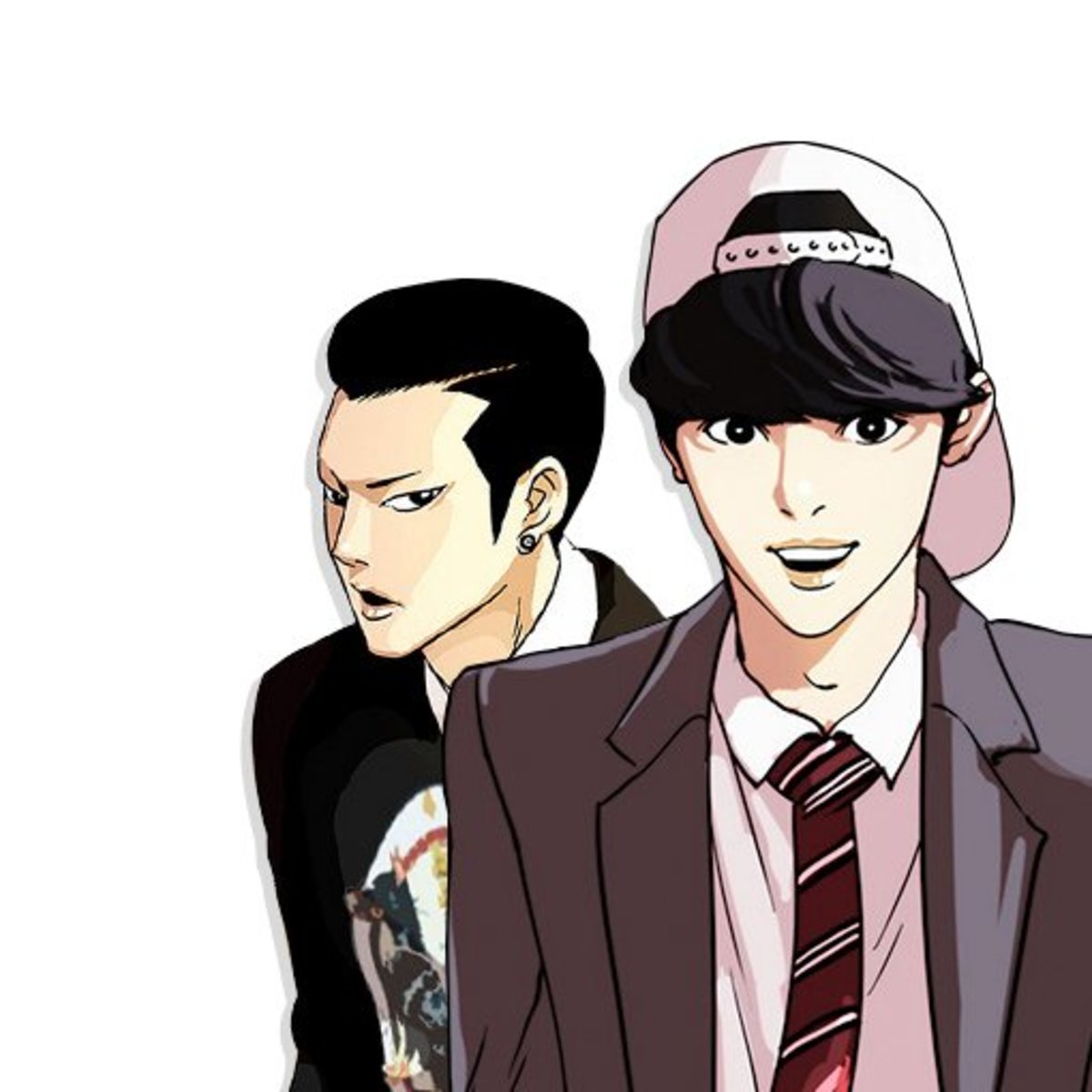
2. Color and Digital vs. Print
Manga: Traditionally black and white (except for special editions or color pages).
Manhwa & Manhua: Primarily full-color digital comics, but printed versions may still be in black and white.
This shift toward color in manhwa and manhua comes from their strong presence on digital platforms and webtoons, where vivid illustrations enhance the reading experience.
3. Reading Format
One of the biggest differences is how you read them:
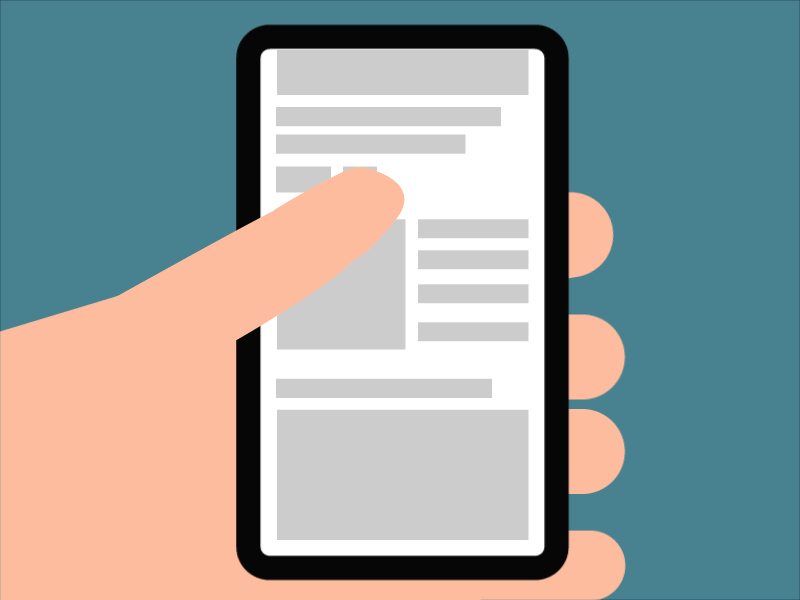
Manga – Read right to left, following traditional Japanese writing.
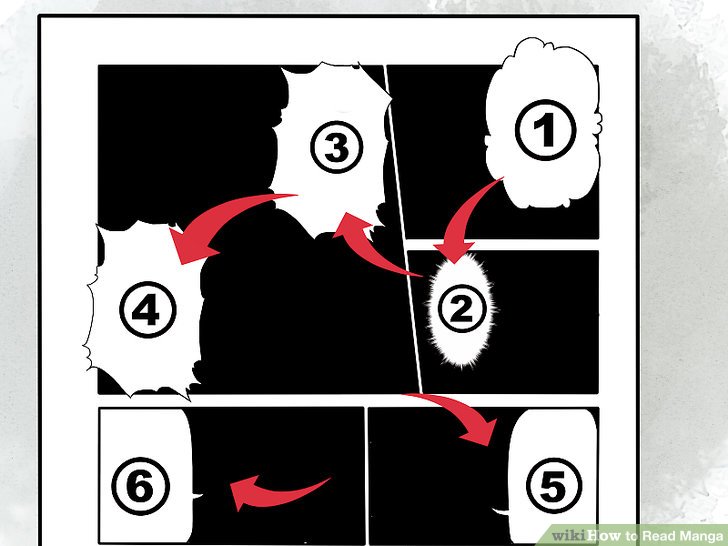
Manhua – Read right to left, similar to manga.
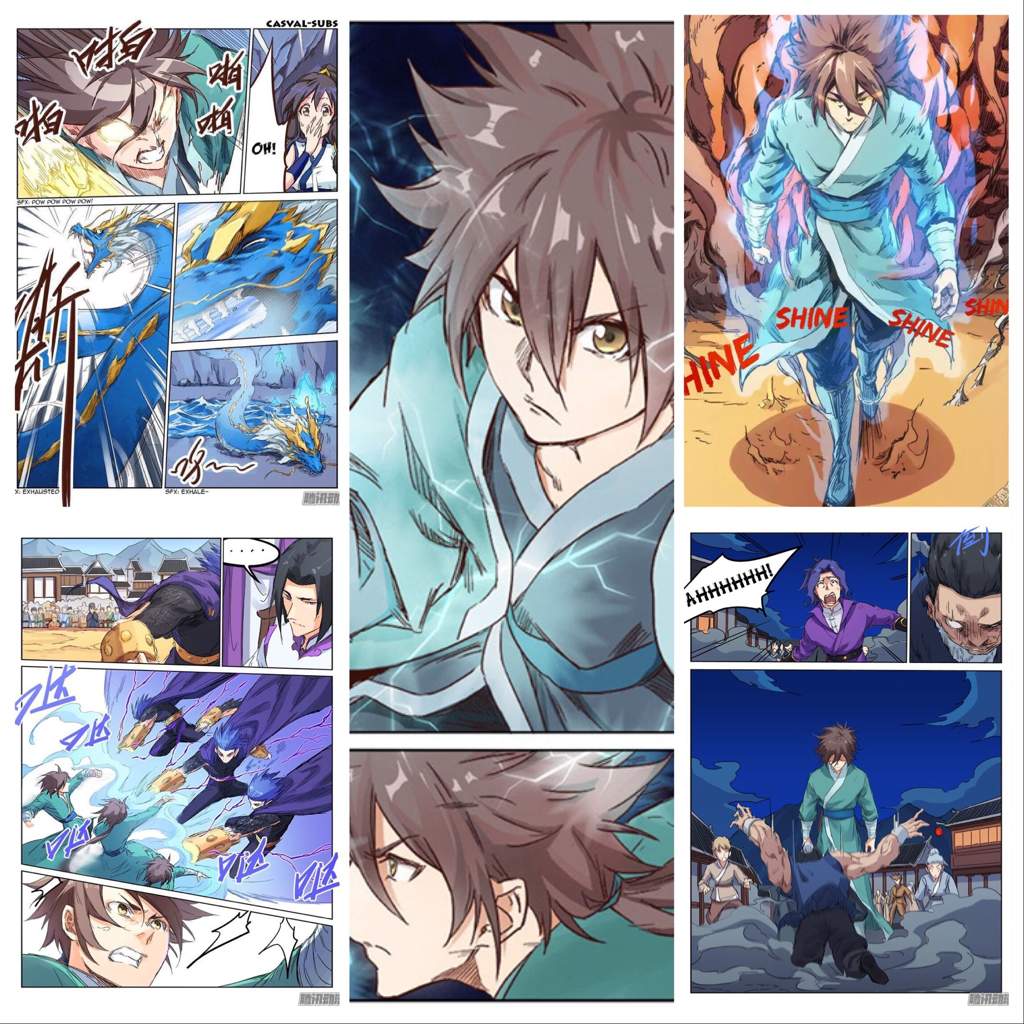
Manhwa – Read left to right, like Western comics.
If you’re used to reading Western comics, manhwa might feel the most natural, whereas manga and manhua may take some time to get accustomed to.
4. Storytelling & Genres
Each format has its unique storytelling structure:
Manga often features genre-based demographics like:
Shonen (少年) – Action-packed stories for young boys (e.g., Naruto, One Piece).
Shoujo (少女) – Romance and drama for young girls (e.g., Sailor Moon, Fruits Basket).
Manhwa typically explores themes like romance, fantasy, and action, often influenced by Korean dramas.
Manhua is deeply inspired by Chinese mythology and historical tales, featuring martial arts (Wuxia), fantasy, and drama.
Final Thoughts
Whether you’re a fan of manga, manhwa, or manhua, each offers a unique and engaging storytelling experience. While manga remains the most globally recognized, digital manhwa and manhua have surged in popularity thanks to Webtoons and online platforms.
So, next time you pick up a comic, pay attention to its art style, reading direction, and storytelling format—you might just discover a new favorite!
✨ Which one do you prefer—Manga, Manhwa, or Manhua? Let’s discuss in the comments!

I’m really impressed with your writing talents as well as with the structure to
your weblog. Is this a paid subject or did you customize
it yourself? Either way keep up the nice quality writing,
it’s rare to look a great blog like this one today.